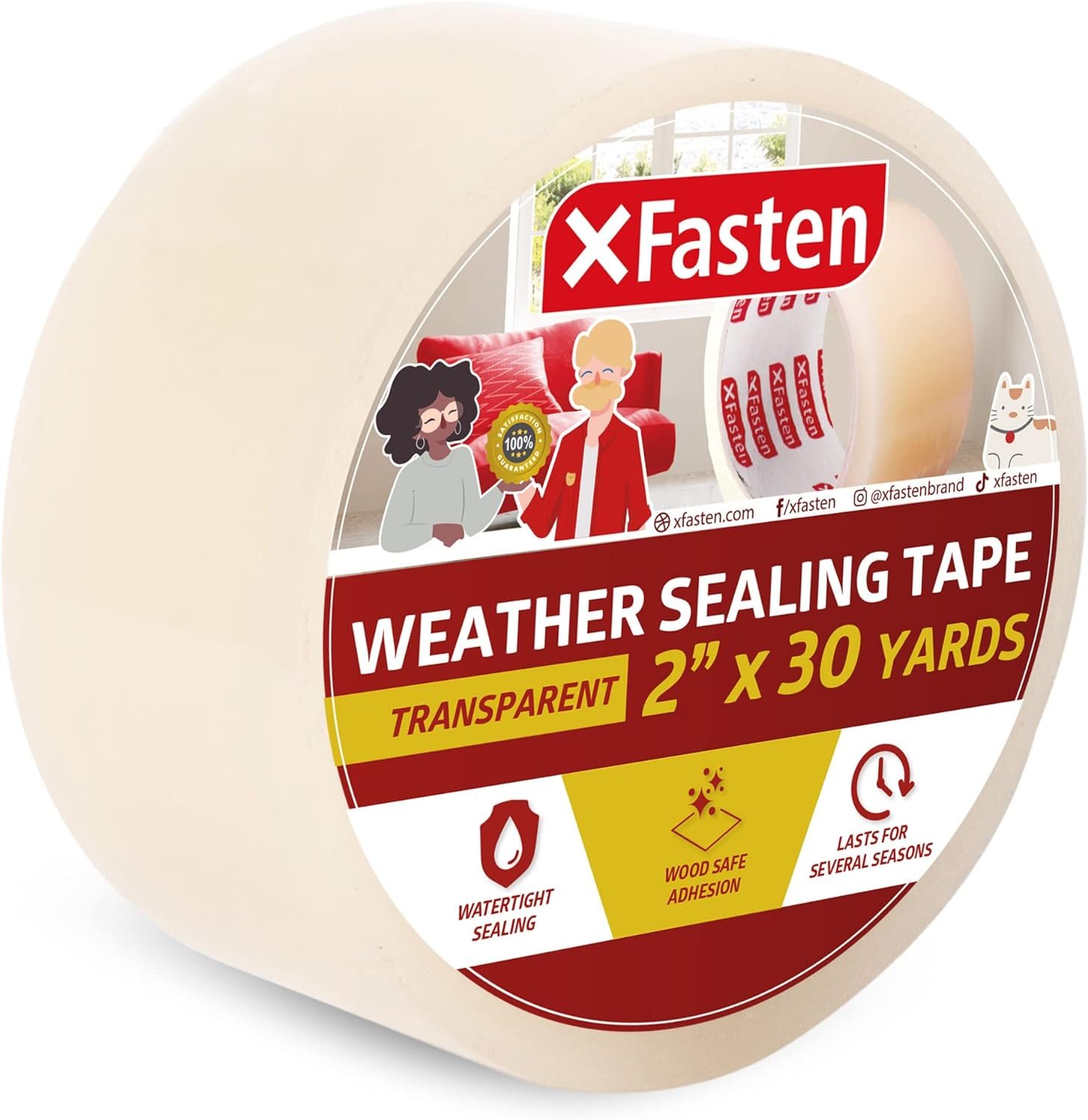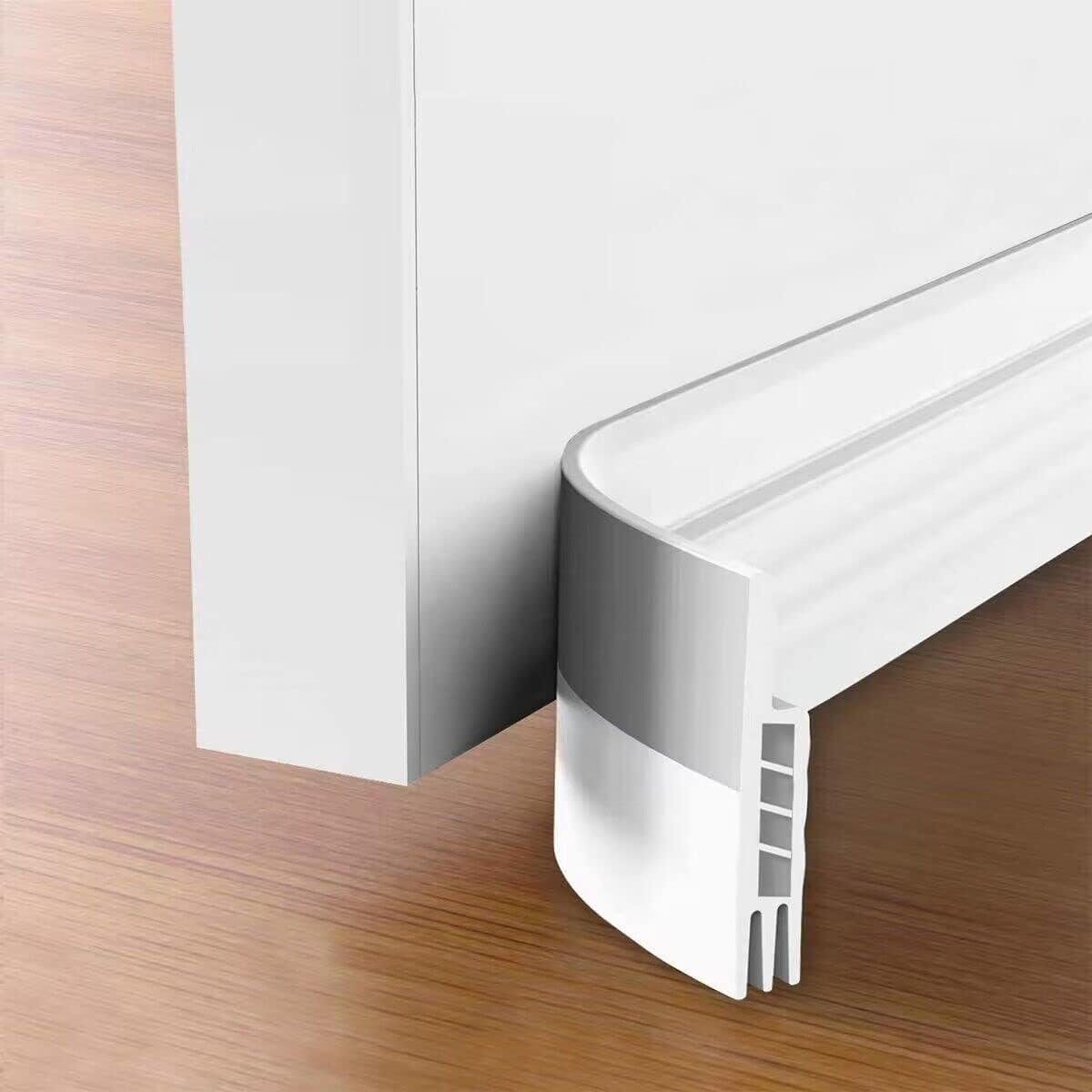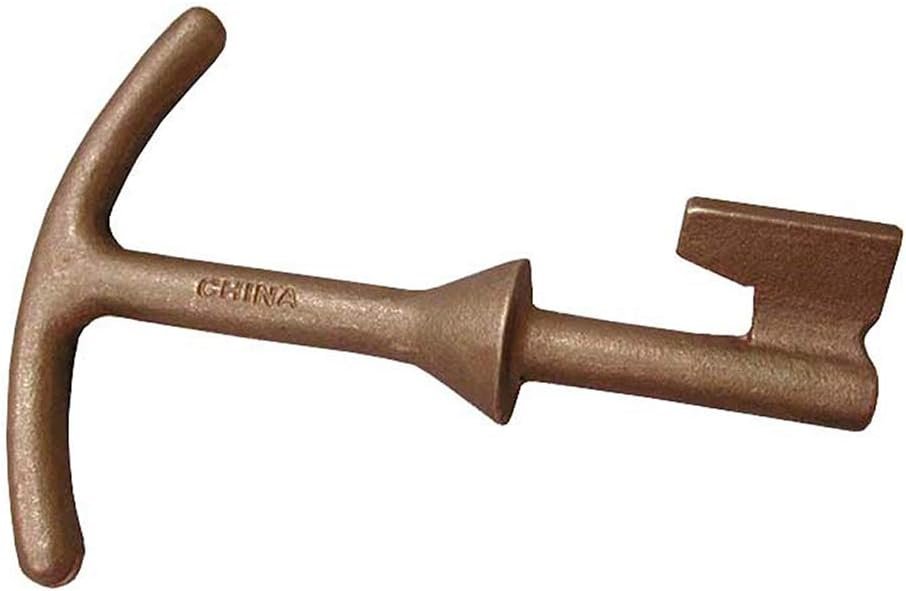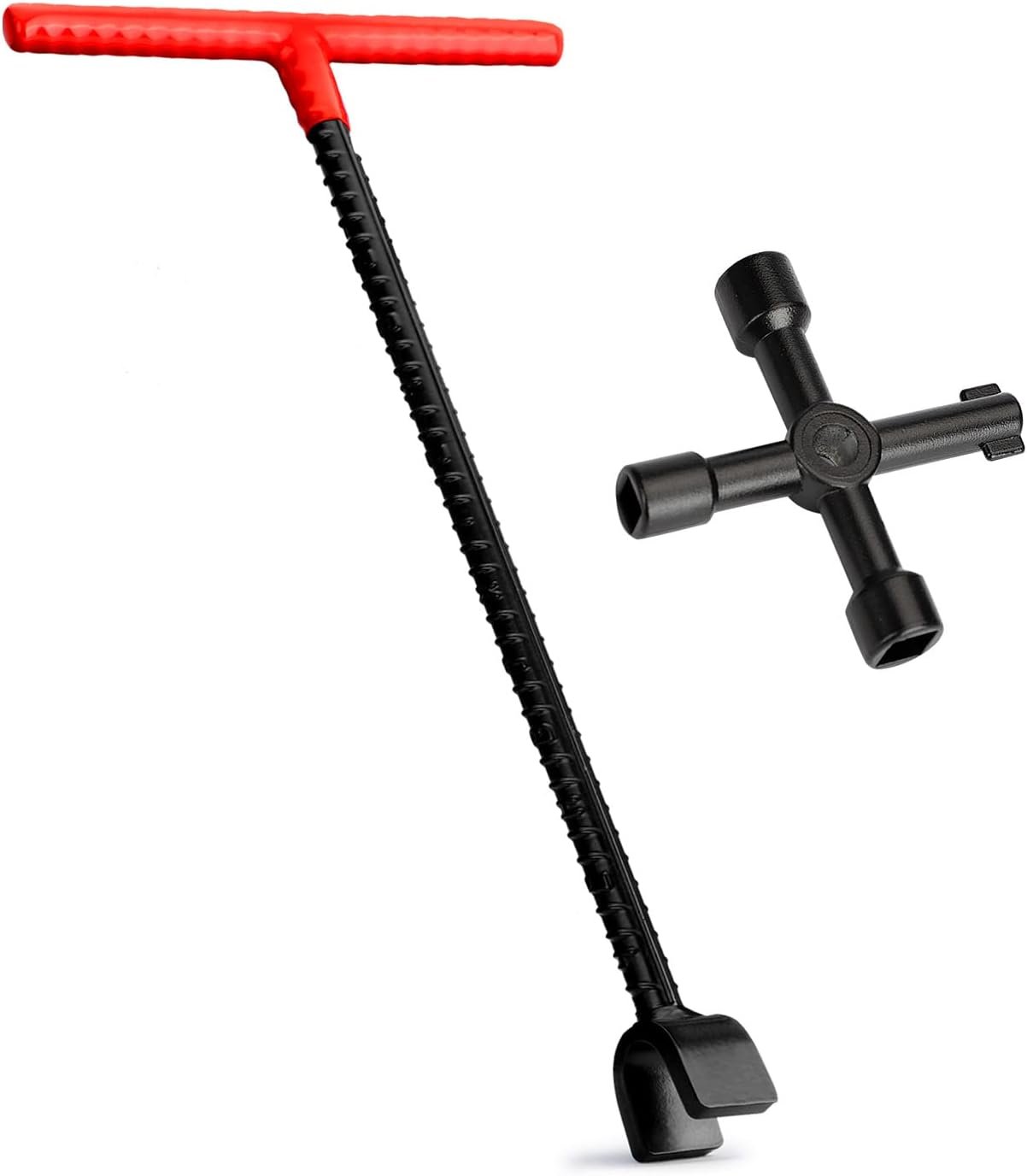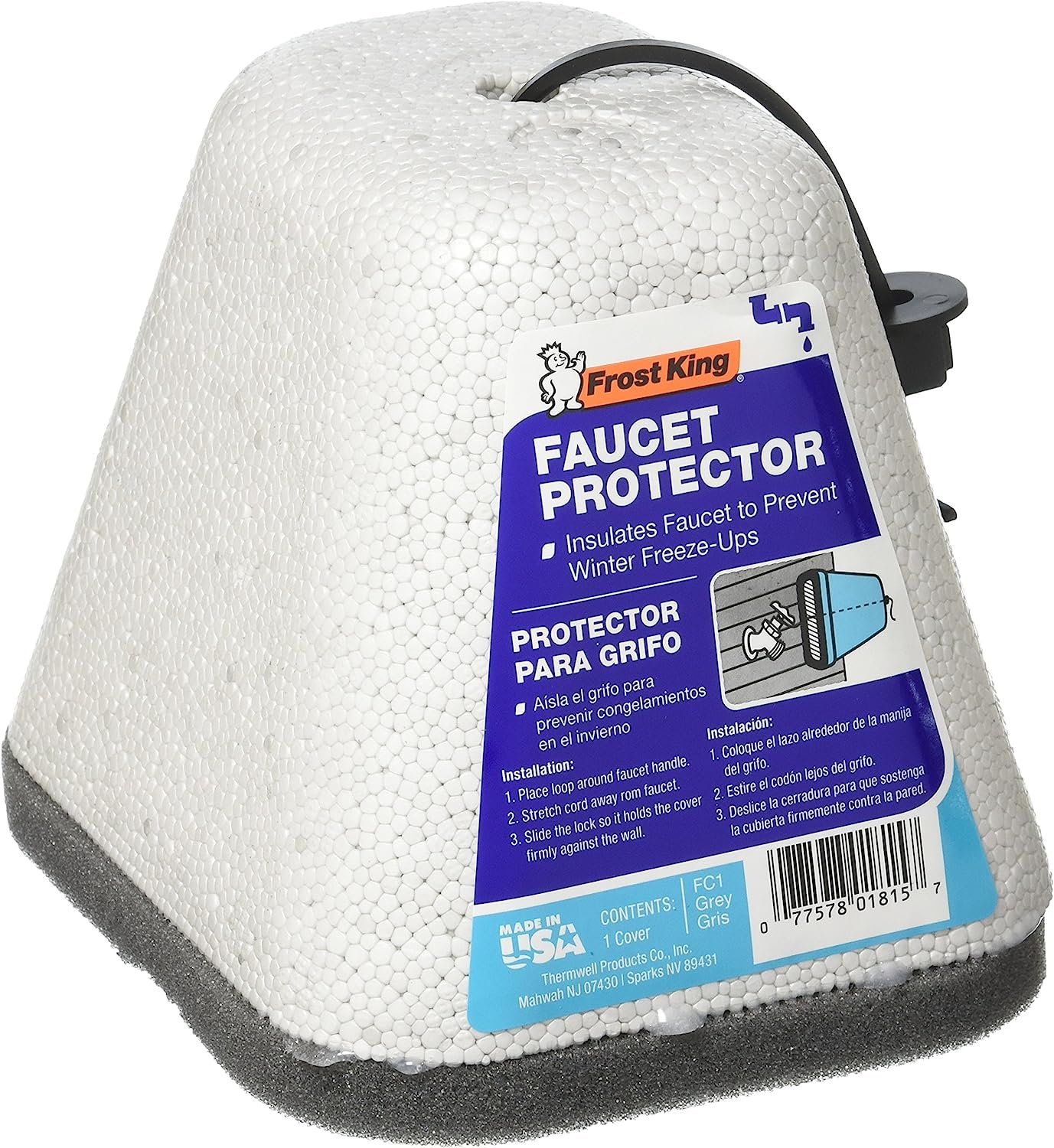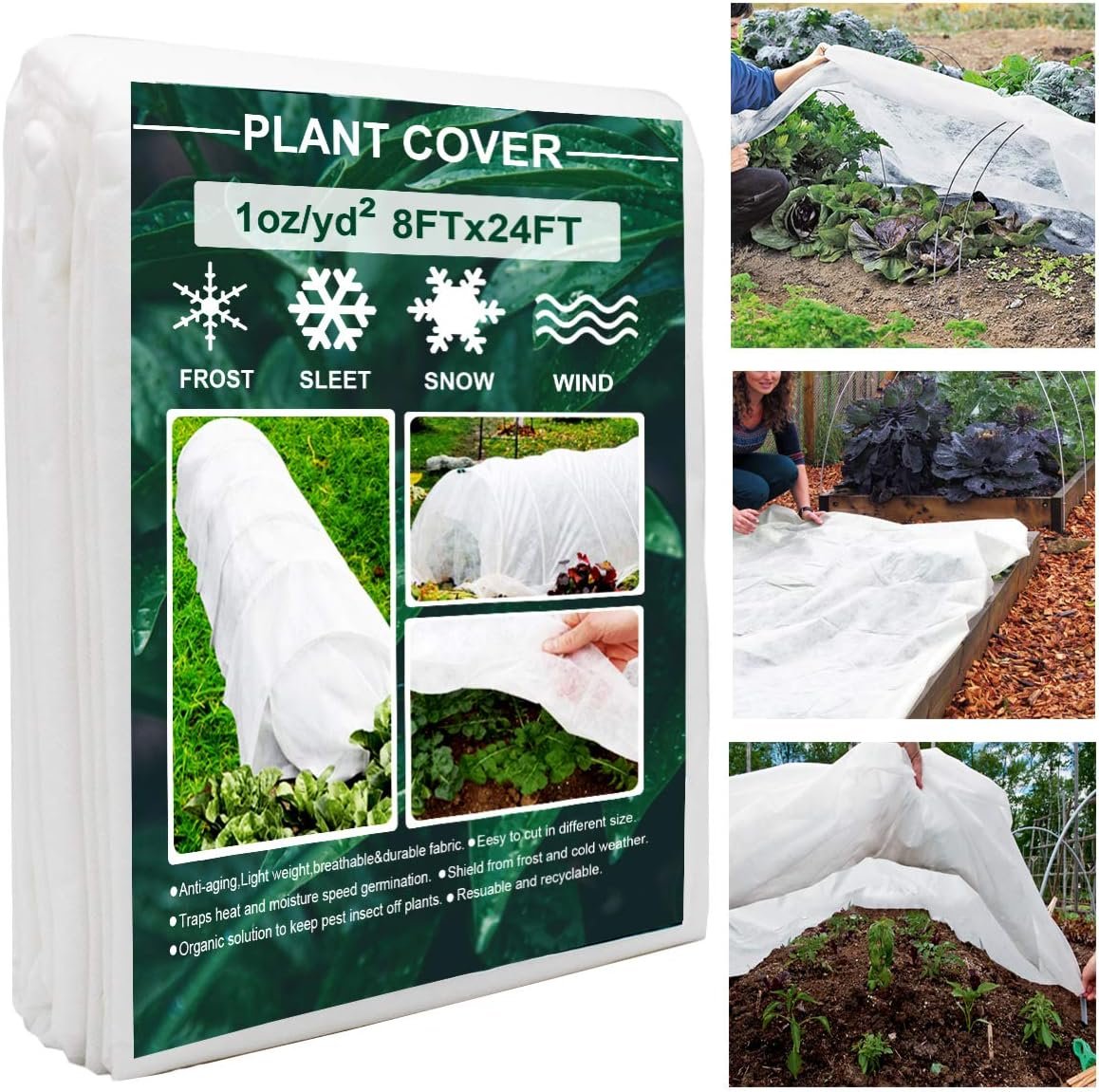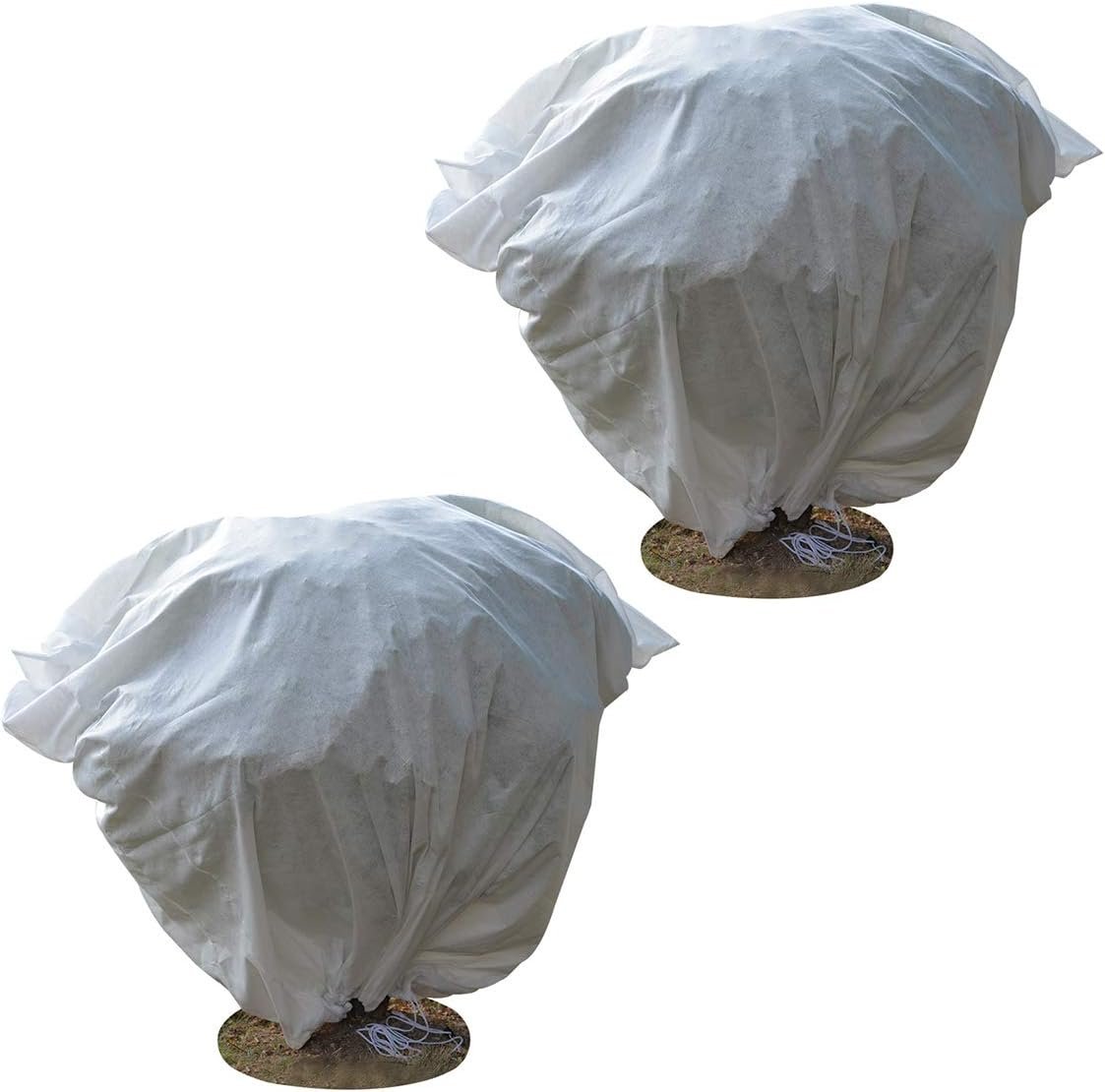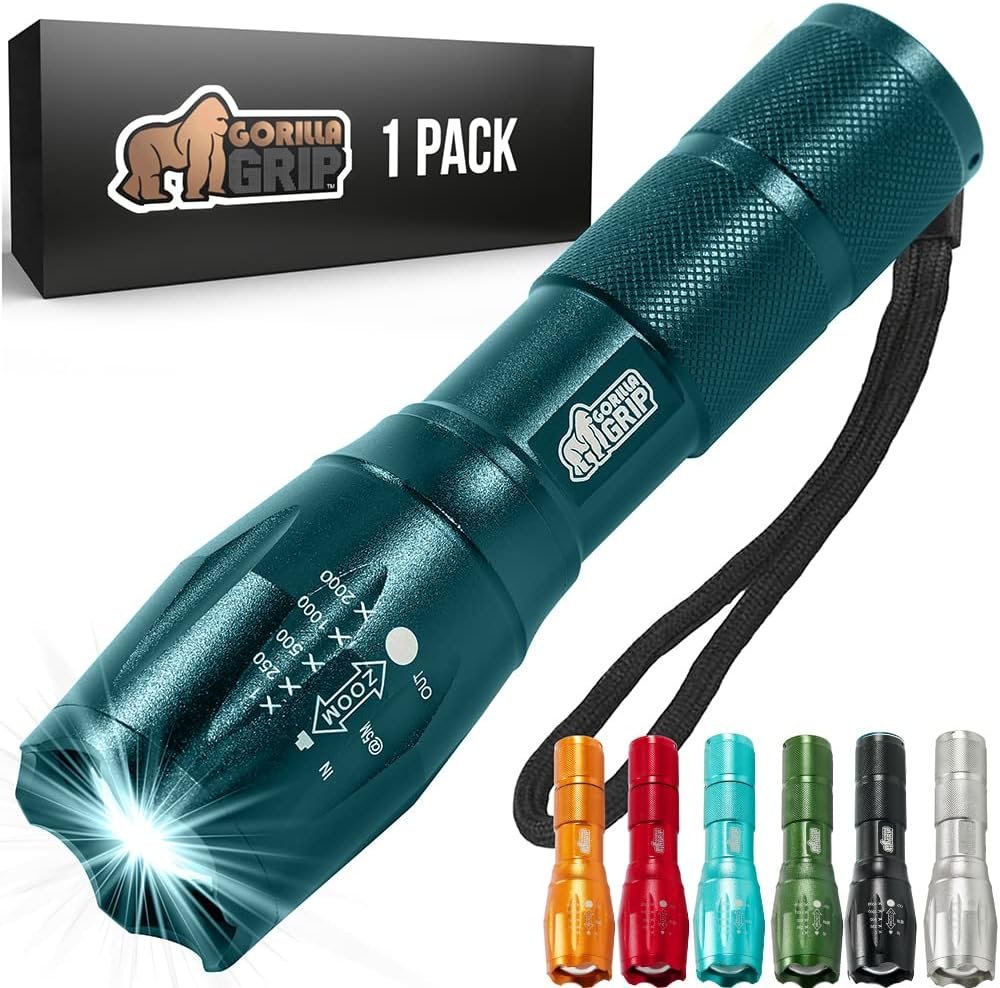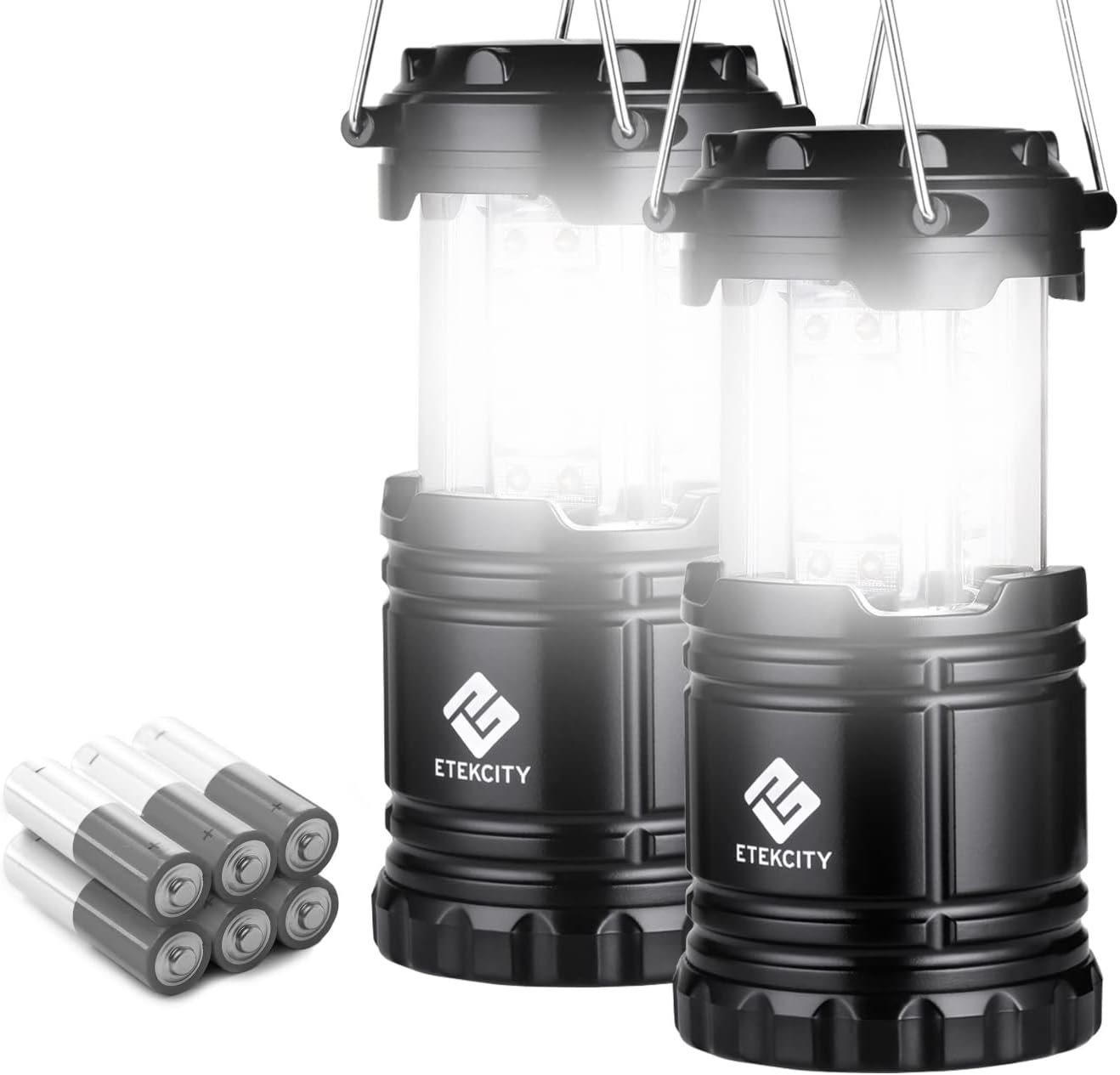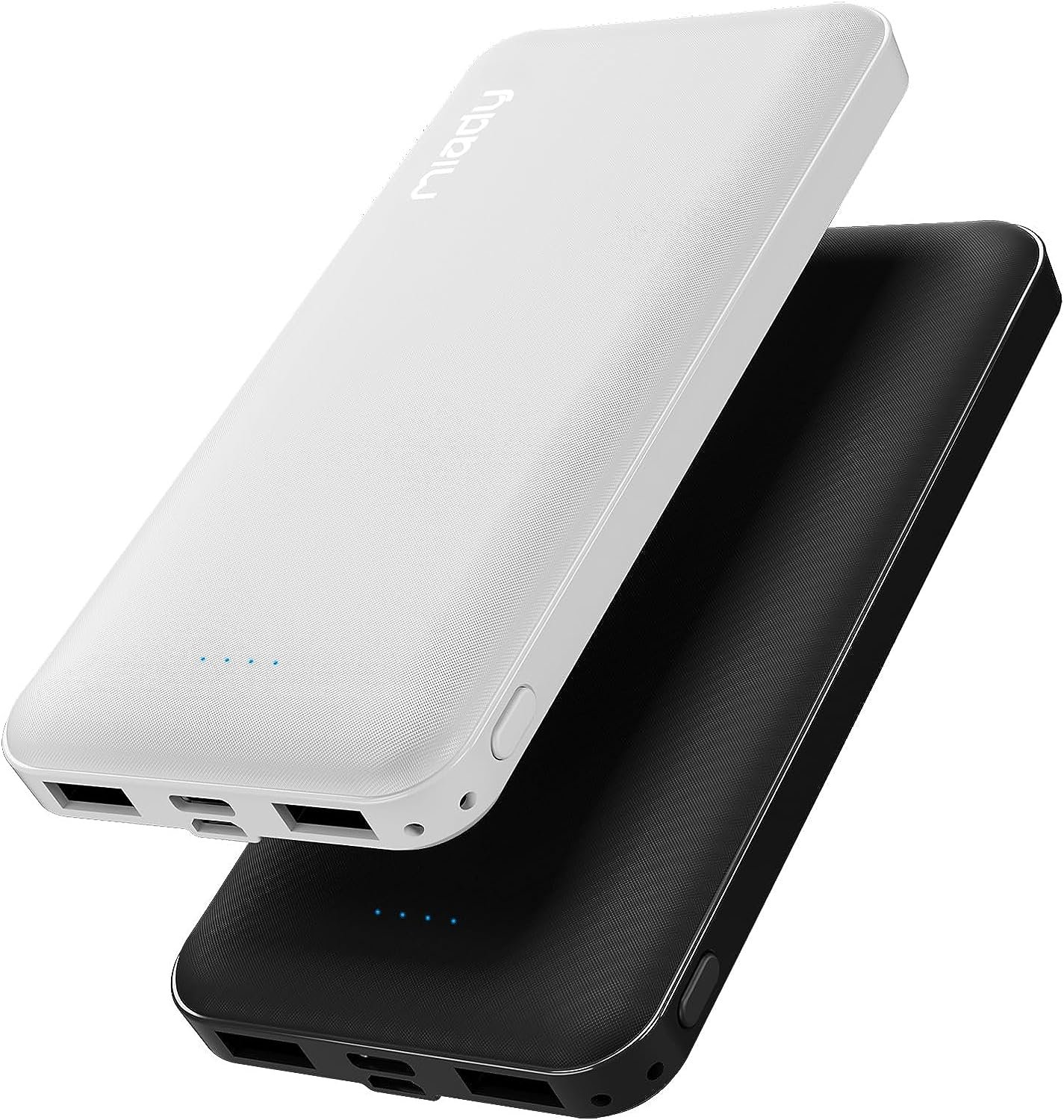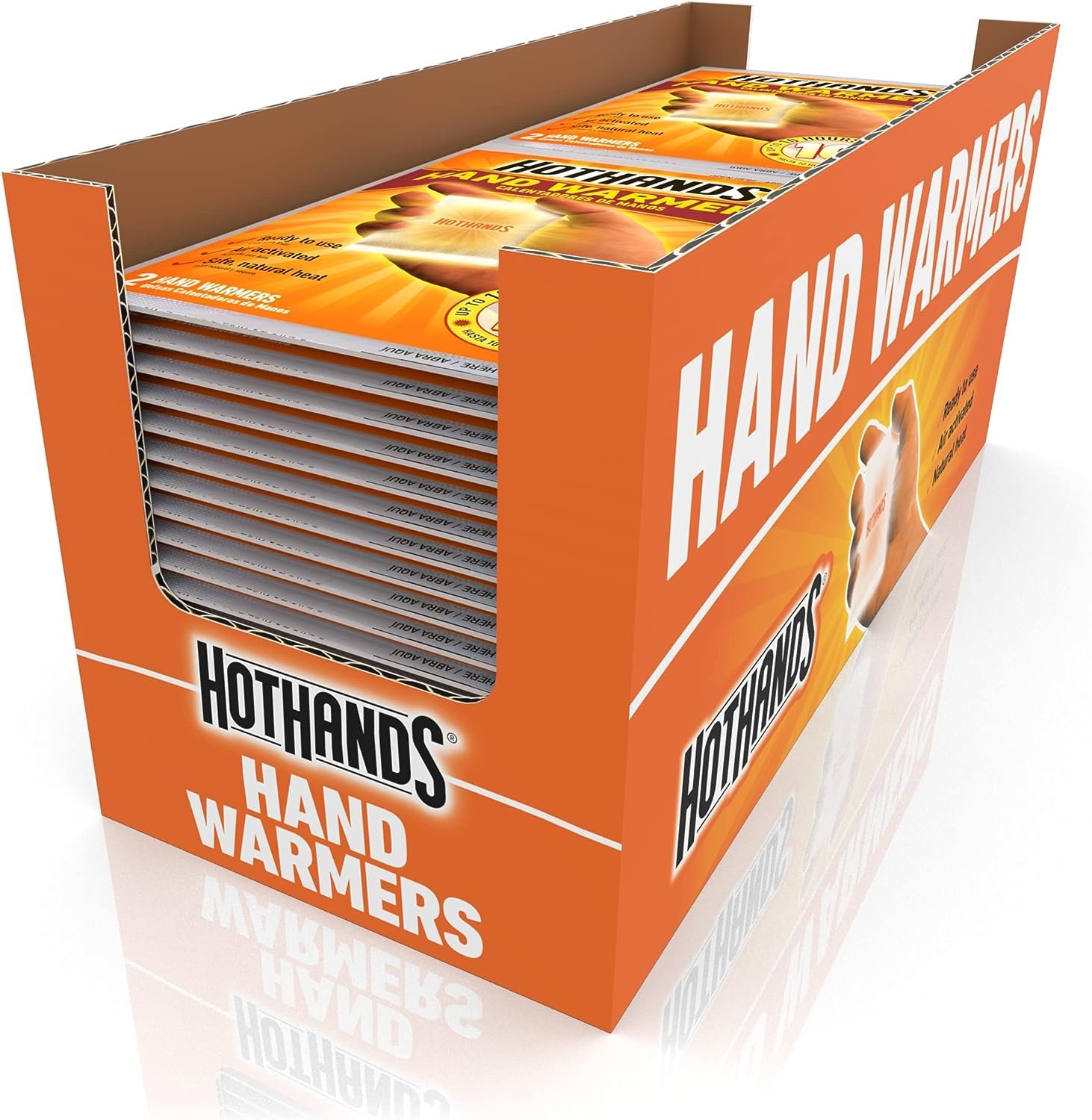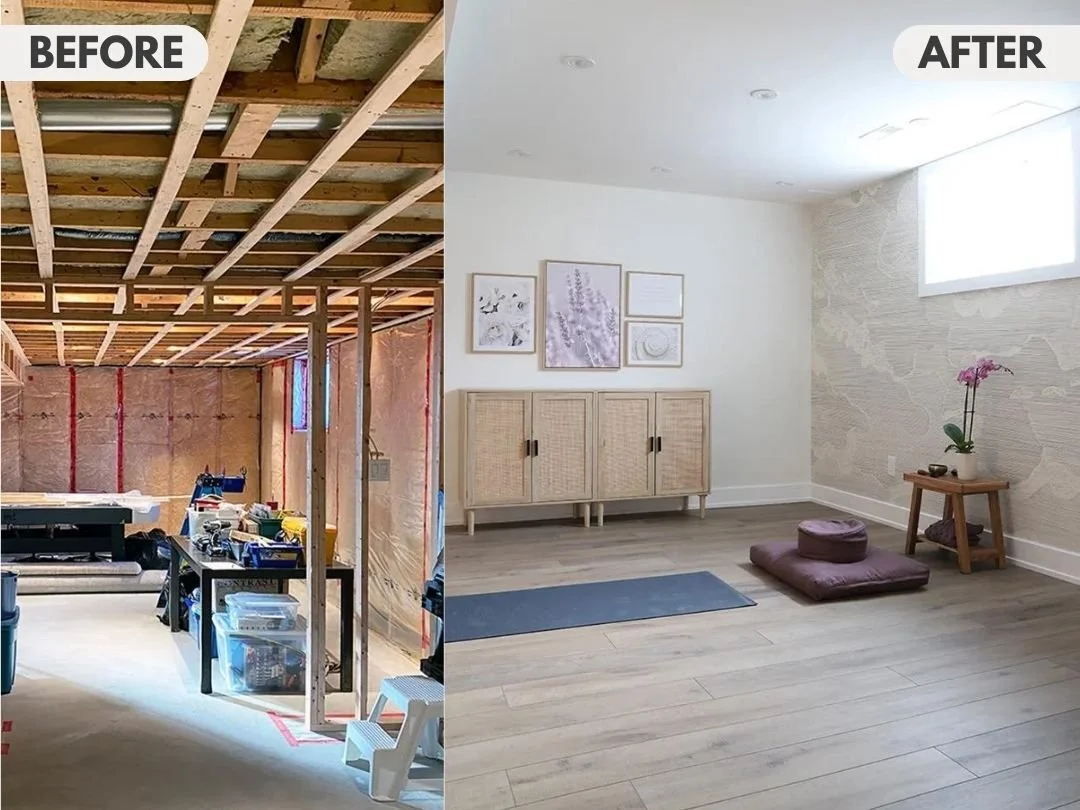How to Winterize and Protect Your Home From Damage in Cold Weather
DESIGN
STORY BY VIRGINIA BESHEARS
As a lifelong resident of Texas, I grew up with almost exclusively mild winters. The most I’ve ever had to do is make sure I remember to leave all the faucets dripping on particularly cold nights— that is, until the big ice storm Uri in 2021, when I had to learn about winterizing in an absolute panic.
With summers getting hotter and winters getting colder, there are most certainly lots of people in the same boat I’m in, who are needing to figure out winterizing for the first time in their lives.
Read on to learn how to properly winterize your home so you can keep your home comfortable and prevent costly damage to your property.
Keeping the house warm
Seal up drafts
Cracks and gaps that let in cold make your house less comfortable and more expensive to heat.
Door sweeps are specifically designed to block out drafts at the base of exterior doors.
If you also feel drafts coming in at the sides and top of exterior doors, you can add weatherstripping to block those. A few tiny drafts around the door may seem insignificant, but weatherstripping is inexpensive and incredibly easy to install, so it’s worth it in the long run.
Any other cracks and gaps that let air in, like around windows, can be sealed up with caulk.
Add insulation to the windows
Adding a layer of insulation to your windows can make your house much easier (and cheaper) to heat. I insulated the windows in my family room and can absolutely tell a difference in how warm that room feels compared to others.
There are plenty of films and tapes specifically made for this that work the best. But, if a cold front catches you unprepared, you can use my Uri strategy, which was taping clear plastic shower curtain liners over the windows.
Plumbing
Know how to shut off your water
First and most importantly, make sure you know how to shut your water off from the main water shutoff valve. If unfortunately you do end up having a pipe freeze and burst, you need to know ahead of time how to shut off all water to your house to prevent as much water damage as possible. Shutoff valves vary depending on location, which means learning how yours works isn’t as simple as pulling up whichever YouTube tutorial has the most views.
Typically, the water shutoff valve will be either in a basement or utility area along the exterior wall facing the street, or, in warmer regions, buried near the street, under an access panel. If it’s out by the street, you may need a meter key to lift the cover and access the valve.
Leave faucets dripping below 20°F
Next is knowing when to leave your faucets dripping. Pipes are at risk of freezing and then bursting at 32 degrees fahrenheit for exterior pipes, and 20 degrees fahrenheit for interior pipes. Water that’s sitting still will freeze much easier, so the point of setting faucets to drip is to keep a little water moving through your pipes at all times. Also, open up the cabinet doors below your bathroom and kitchen sinks to let warmer air circulate around the plumbing.
Note that shutting off your water won’t prevent frozen and burst pipes unless you completely empty the pipes after shutting it off. If you’re leaving town, definitely shut all water off, but make sure the pipes are empty.
Insulate outdoor faucets
One way to protect your exterior pipes is to insulate outdoor faucets (i.e. where you attach your hose). A cover that’s designed for this will provide the best protection. However, if you find yourself in a pinch like I did in the 2021 storm, rags and towels wrapped around the faucet and secured with duct tape is better than nothing.
The yard
Make sure gutters are clean
Once all the autumn leaves are finished falling, make sure your gutters are clear. This will prevent ice dams from forming in your gutters, which can cause water damage to your house.
Protect your plants & landscaping
Also, don’t forget to protect your plants from the cold weather, too--that can be costly and sad to replace. If you have any plants in containers or pots, you should either bring them inside or put them as close to your warm house as possible. Container plants are much more at risk of freeze damage than plants planted directly in the ground. I lost Pamela, my pittosporum this way. Covering the rest of your plants will keep ice from forming directly on them.
Be prepared
Last but not least, make sure you have a few essential items on hand for emergencies, like flashlights, batteries, portable chargers, non-perishable food, and water.
You can stock up more if you know bad weather is going to roll in, but having just a few things on hand is always a good idea.




